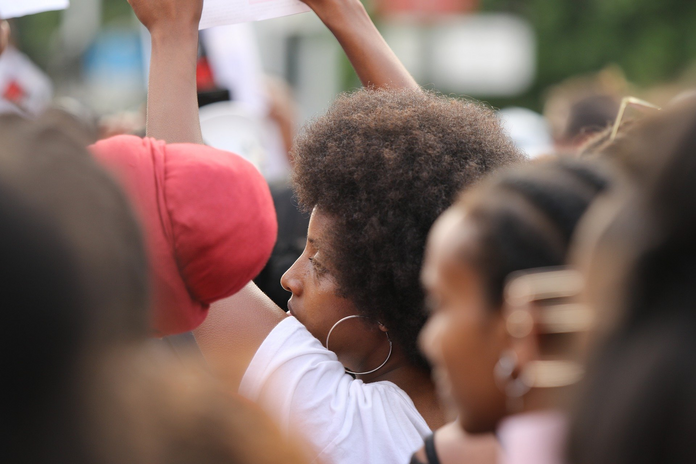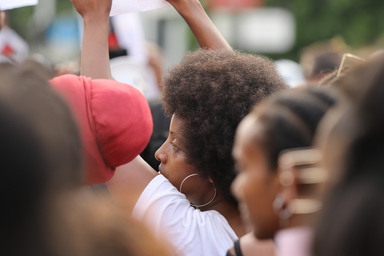The celebration of both Black History Month and Women’s History Month has come once again, with many carrying enthusiasm and desire to continue learning. This time invites us to reflect upon hidden realities, hindered and kept in oblivion, yet significant. Stil, it shouldn’t be limited to just a month― this recognition and celebration must seek further efforts in educating about Black lives and their vital contribution to the world, as well as that of women’s, and the intersectional nature of these two marginalized groups that Black women experience and endure.
That said, as part of this celebration which seeks to create an inclusive world, open to diversity, I have to go back to the past—a near one. I remember how, in one of my college courses, we discussed a speech that I had never heard of and I now treasure greatly. This speech became inappropriate at it’s time due to the fact that it was a controversial topic delivered by a Black woman.
Sojourner Truth, according to the National Women’s History Museum by Debra Michals (2015), was an abolitionist and an advocate for women’s and civil rights in the United States during the 19th century. During her childhood and adolescence, she was enslaved, until 1827, when Truth escaped with her daughter with the help of an abolitionist family: The Van Wageners. She strongly demonstrated her resistance toward a racist, enslaving, patriarchal society in her 1851 speech titled “Ain’t I A Woman?“.
Truth’s speech at the 1851 Women’s Convention in Akron, Ohio sought to challenge all racist notions and mechanisms that existed. In the same way, it’s a discourse that advocates against the gender inequality of the time.
From the moment I read it for my class, I was very impressed with the words that Truth spoke at that convention. The most impressive thing about this is the fact that, despite having occurred in the 19th century, many of the points she presented are still relevant, particularly with Black women.

Honestly, it’s something that everyone should read. It’s even harder knowing that resisting this oppressive and racist system is part of every Black person’s daily life, especially Black women’s lives. There hasn’t been a moment in history that Black lives have been able to live in peace without fear of being discriminated against and marginalized from the rest of society. Rather, they’re defined as “others”’ by the Euro-Western white gaze that imposes racist views. We need to remember and recognize Sojourner Truth’s message and face the gravity of this destructive system in the face of lives that deserve and have the right to belong and be treated like any other human being.
Above all, as a society, we have to learn from this forgotten and marginalized knowledge and way of life while rejecting, at all times, the lack of empathy and understanding towards those who have suffered rejection due to social norms, which can be violently discriminatory.
I don’t want to spoil all of the speech’s greatness. I’ll leave it to you, the reader, to be captivated by Truth to rethink the reality in which we live and to question yourself on how to defeat and unlearn what you have learned. As Truth said, “Obliged to you for hearing me, and now old Sojourner ain’t got nothing more to say.”


